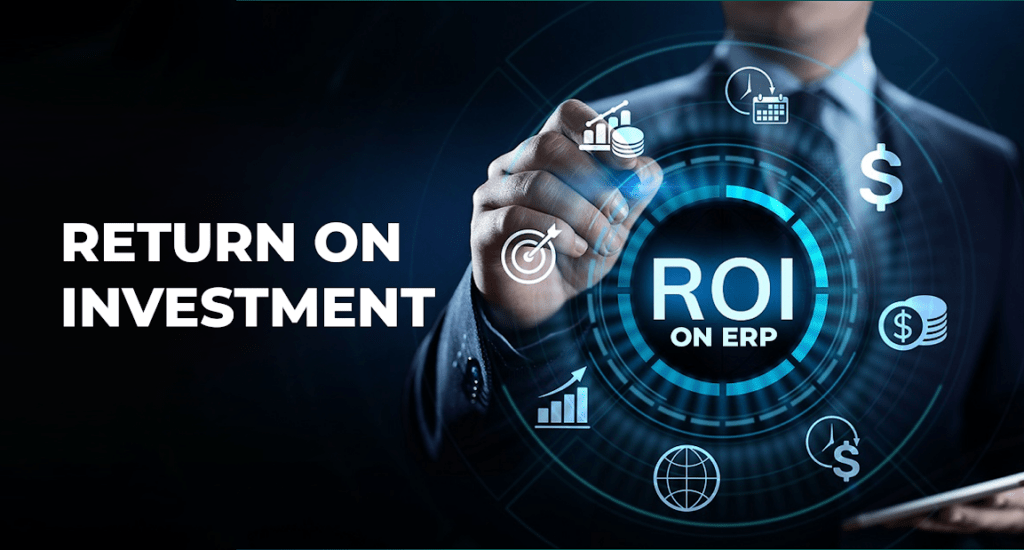
How would you work out the ROI on an ERP? There cannot be any absolute value based on which you will be able to ascertain the returns directly. However there are many things which lead to this. Each company may have different critical issues which are sorted by implementing an ERP. In general, it is the improvements in the business scenario which give you the ROI. The ability to execute more business is in itself the ROI.
What could be improvements in the business scenario and how is it that an ERP can help you execute more business? Have listed below some real life situations from the ERP implementations where we have been involved.
– Getting a unified view of the consolidated inventory across locations, obsolescence rate came down, inventory was made available as required at various locations and so the inventory holding costs came down.
– Control on duplicate payments and effort on reconciliation of the same. Payments done centrally through HO, an ERP ensures there are no duplicate payments and payments are done as per due dates.
– Immediate availability of accurate sales figures helped in planning / modifying the sales strategy to ensure targets are achieved.
– Achieving statutory compliance as per the due dates and reduction in penalty for late or erroneous filing.
– MIS on important matters, at the click of a button.
– Accounts staff was available to follow up for payments with customers, as they got free from the reconciliation load.
– Reconciliation of customer outstandings in the sales system and accounts system was a thing of the past.
– All in all a happy and productive staff could achieve higher goals
A good way to measure the ROI of an ERP implementation is by checking the impacts of time and processes which were consuming money prior to implementation and how the same are affected post go live.
Finally the ROI does not come instantly, it is a steady process with many small improvements visible gradually and therefore a tangible ROI may be visible only after 2-3 years of implementation.